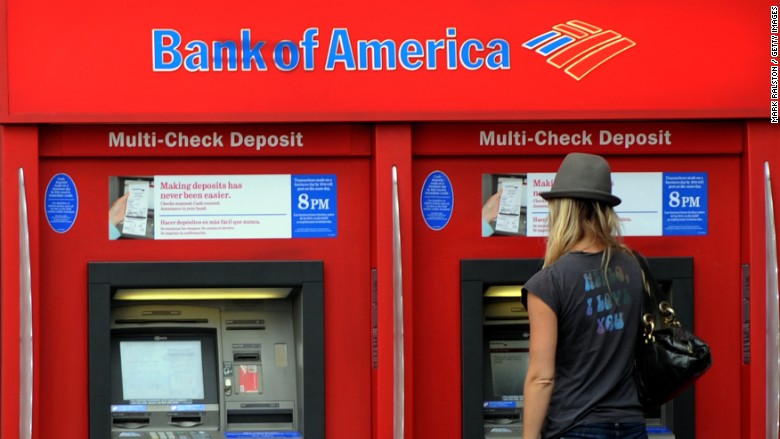
American savers got the short end of the stick the last six years. Putting money in the bank has earned mere pennies in interest -- not much better than stashing it in a shoebox.
The average interest rate for saving accounts in the U.S. is a measly 0.09%, according to Bankrate.com. But that's starting to change. And more relief could come in September.
The Federal Reserve signaled Wednesday that it's likely it will raise its key interest rate this year. It could happen as early as September. That should cause some banks to bump up the interest they pay on savings accounts. There are already a few banks offering rates near 1%.
"When the time comes for us to raise rates, I think there will be some benefits that flow through to savers," Yellen said at a press conference on Wednesday. "From the point of view of savers, of course, this has been a very difficult period."
The Fed slashed interest rates to near 0% in 2008 in an effort to resuscitate the U.S. economy after the financial crisis. The idea was to encourage people to spend and invest. But many Americans have been trying to save, too.
Related: No Fed rate hike in June, but signs for September
Savers best bet: So which banks are likely to offer the highest savings rates? The short answer is: small and online banks.
The Fed isn't the only driver of savings rates at banks. An increase in demand for loans over the past couple years has pushed smaller regional banks and online banks to gradually lift savings rates. Banks need deposits to fund loans they dish out, says Greg McBride, chief financial analyst at Bankrate.com.
The Palladian PrivateBank in South Carolina is already offering a 1.1% savings rate (with a minimum $10,000 account). Colorado Federal Savings Bank offers a 0.85% rate and First Internet Bank of Indiana has a 0.8% rate, according to Bankrate.com.
Related: What a rate hike means to you
The savings rate pick up is a common strategy for smaller banks to be competitive, says McBride.
"The best way to attract deposits is to offer attractive savings rate," he says. "The good news is that this is going to continue."
But if your bank account is at a big bank -- like Bank of America -- you may not see a generous boost in interest on your savings account even when the Fed starts raising rates.
The standard rate at Bank of America, which is flushed with cash and customers, is a meager 0.03%.
if your bank account doesn't offer a 0.1% savings rate by September, don't expect much more after a rate hike either. Big banks have so many customers and thus a lot of cash. Thus they don't have much incentive to raise the interest rates they offer to customers by much, McBride says.
"The bad news is that a rising tide is not going to lift all the ships," he says.


